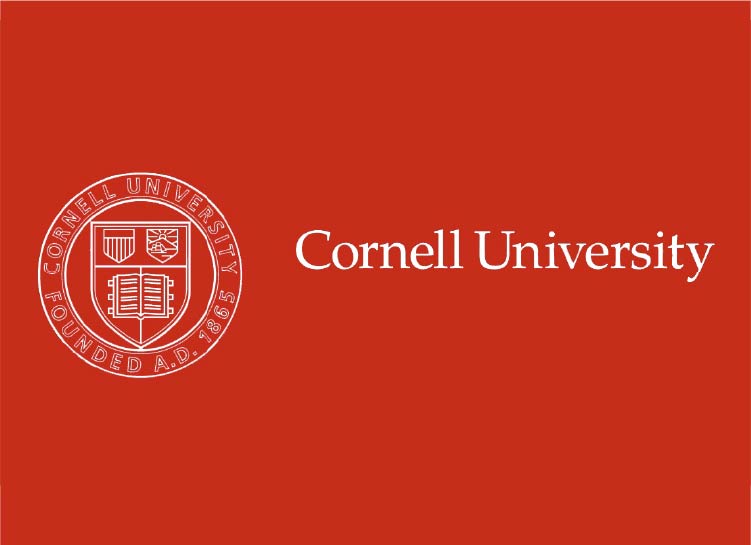Distrust and misinformation pose an acute global threat to established science and medicine, as well as political processes [1-10]. Death threats are being made against climate scientists [3], and doctors and mothers who vaccinate [4]. In addition to widespread spreading of diseases such as measles and HPV through vaccination hesitancy [5-8], distrust of established scientific treatments for cancer are leading patients to adopt dangerous substitute measures [9]. More generally, the number of countries with disinformation campaigns is reported to have more than doubled to 70 in the last two years, with Facebook remaining the top platform for those campaigns [10]. Given the difficulty social media companies such as Facebook are having with online activity related to hate [11], terrorism [12] and child sexual abuse [13,14], it is no wonder that they are also struggling to understand how such online misinformation develops and spreads from local to global scales, and hence how to go about dealing with it. There have been many valuable studies of distrust, misinformation and disinformation at the level of individuals’ behaviors including on Twitter. However, DiResta and others have pointed out that what is missing is a big picture understanding in the national and global populations involving millions of people [15] while Starbird has also highlighted the need to understand the important role of unwitting crowds [16,17]. Indeed, the impact of crowds -- and in particular undecideds -- is known to play a central role in the dynamics of other societal systems such as financial markets [17] and elections [1,2,18].
Health Wars and Beyond: The Rapidly Expanding and Efficient Network Insurgency Interlinking Local and Global Online Crowds of Distrust
October 4, 2019


